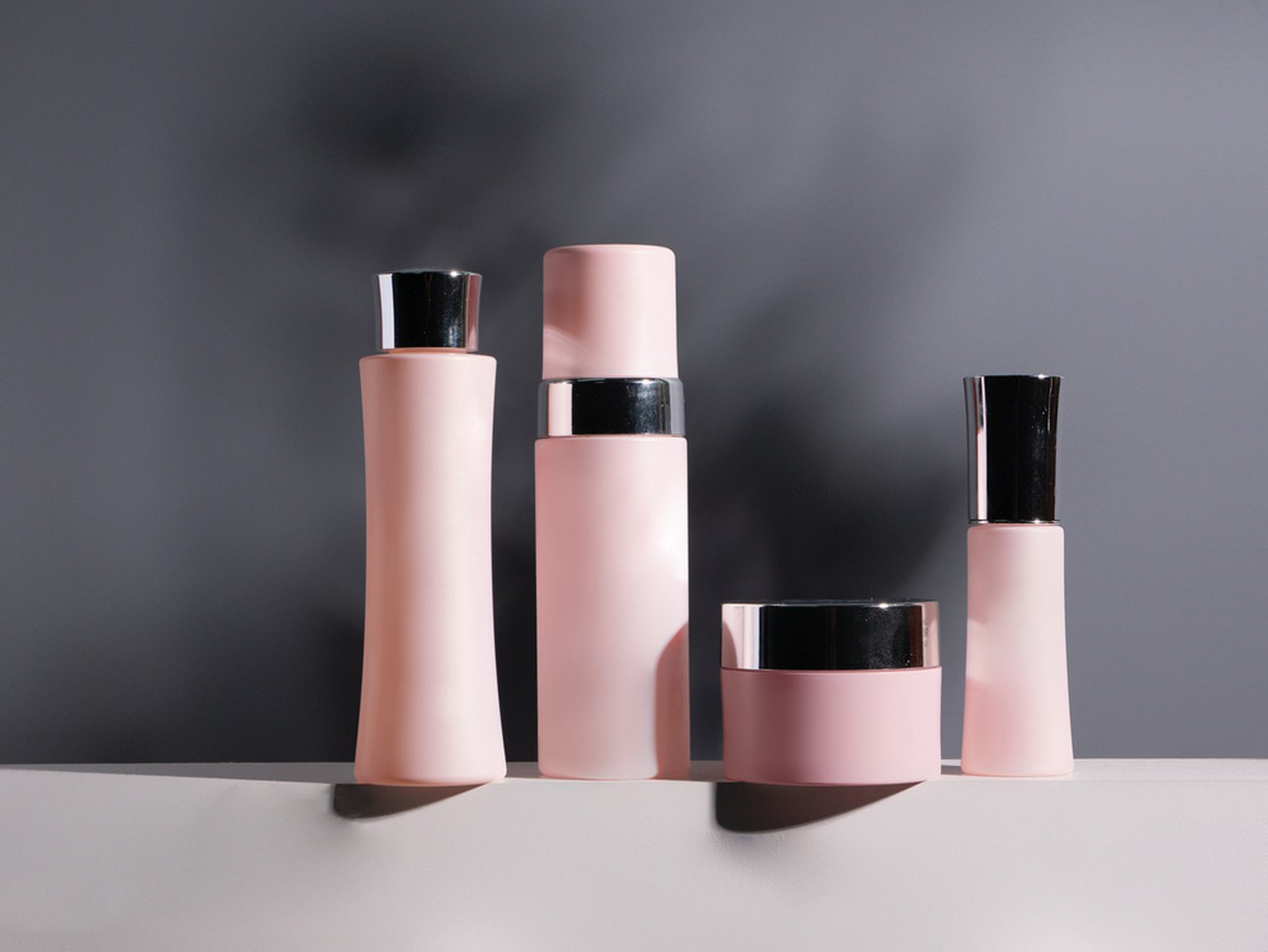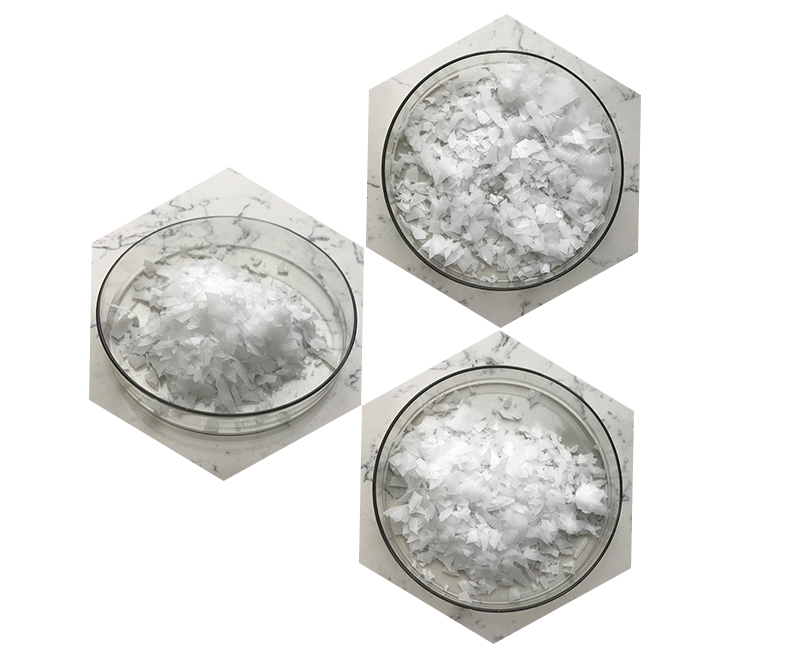Ceteareth is not a specific compound but rather a mixture of ethoxylated fatty alcohols. It is commonly used in cosmetics and personal care products as emulsifiers and surfactants. Ceteareth ingredients are typically labeled with a number following the name, such as Ceteareth-20 or Ceteareth-25. The number represents the average number of moles of ethylene oxide added to the fatty alcohol.
Here’s a general overview of the chemical structure and physical properties of ethoxylated fatty alcohols like Ceteareth:
Chemical Structure of Ceteareth:
Ceteareth is produced by ethoxylation, a chemical reaction that involves adding ethylene oxide to a fatty alcohol. The chemical structure consists of a hydrophobic (water-repelling) fatty alcohol portion and a hydrophilic (water-attracting) polyethylene glycol chain formed by the ethoxylation process. The general formula is:
CnH2n+1OH+m (CH2CH2O)→CnH2n+1O(CH2CH2O)mH
where n is the number of carbon atoms in the fatty alcohol and m is the number of ethylene oxide units added.
Physical Properties of Ceteareth:
1.Appearance: Ceteareth typically appears as a white to slightly yellow waxy solid or flakes.
2.Solubility: It is soluble in both water and oil, which makes it an effective emulsifying agent. This property allows it to create stable mixtures of water and oil-based ingredients in cosmetic formulations.
3.HLB (Hydrophilic-Lipophilic Balance): The HLB value of Ceteareth can vary based on the specific ethoxylated fatty alcohol and the degree of ethoxylation. The HLB value influences the surfactant’s ability to form oil-in-water or water-in-oil emulsions.
4.Function: Ceteareth acts as an emulsifier, helping to stabilize and blend together ingredients that would normally separate, such as oil and water. It also functions as a surfactant, reducing the surface tension of liquids and improving the spreadability of products.
It’s important to note that the specific properties of Ceteareth can vary depending on the degree of ethoxylation and the fatty alcohol used in its production. Additionally, the safety and efficacy of Ceteareth-containing products depend on their formulation and usage in accordance with industry guidelines.

Quality and Production in Ceteareth
Ceteareth is a generic name for a group of synthetic ingredients commonly used in cosmetic and personal care products as surfactants, emulsifiers, and stabilizers. They are derived from cetyl alcohol and ethylene oxide. The number following “Ceteareth” indicates the average number of ethylene oxide units in the molecule.
When it comes to quality and production considerations for Ceteareth, several factors should be taken into account:
1.Purity and Specifications:
Manufacturers should adhere to strict quality standards and specifications for Ceteareth. This includes ensuring the purity of the ingredient and meeting the specified levels of impurities.
2.Raw Material Selection:
The quality of the raw materials, such as cetyl alcohol and ethylene oxide, used in the production of Ceteareth can significantly impact the final product. High-quality starting materials contribute to a more reliable and consistent end product.
3.Production Processes:
The manufacturing processes for Ceteareth should be well-controlled and optimized to ensure product consistency. This includes controlling reaction conditions, monitoring reaction kinetics, and implementing effective purification steps.
4.Testing and Quality Control:
Rigorous testing procedures should be in place to verify the quality of Ceteareth batches. This can involve various analytical techniques to check for impurities, stability, and conformity to specifications.

5.Regulatory Compliance:
Manufacturers need to comply with relevant regulatory standards and guidelines for cosmetic and personal care ingredients. This includes ensuring that the production processes meet safety and quality standards set by regulatory authorities.
6.Storage and Packaging:
Proper storage conditions should be maintained to prevent degradation or contamination of Ceteareth. Additionally, appropriate packaging materials should be used to preserve the quality of the ingredient during transportation and storage.
7.Supply Chain Management:
A reliable and well-managed supply chain is essential for the consistent production of high-quality Ceteareth. This involves ensuring the reliability of suppliers and monitoring the entire supply chain for potential quality issues.
8.Documentation and Traceability:
Complete and accurate documentation of the production processes, quality control tests, and batch records is crucial. Traceability of raw materials through the production process is essential for identifying and addressing any quality issues.
Manufacturers in the cosmetic and personal care industry are typically committed to providing safe and effective products. It’s important for formulators and product developers to choose reputable suppliers and consider the quality and production aspects of ingredients like Ceteareth to ensure the overall quality of their formulations.
